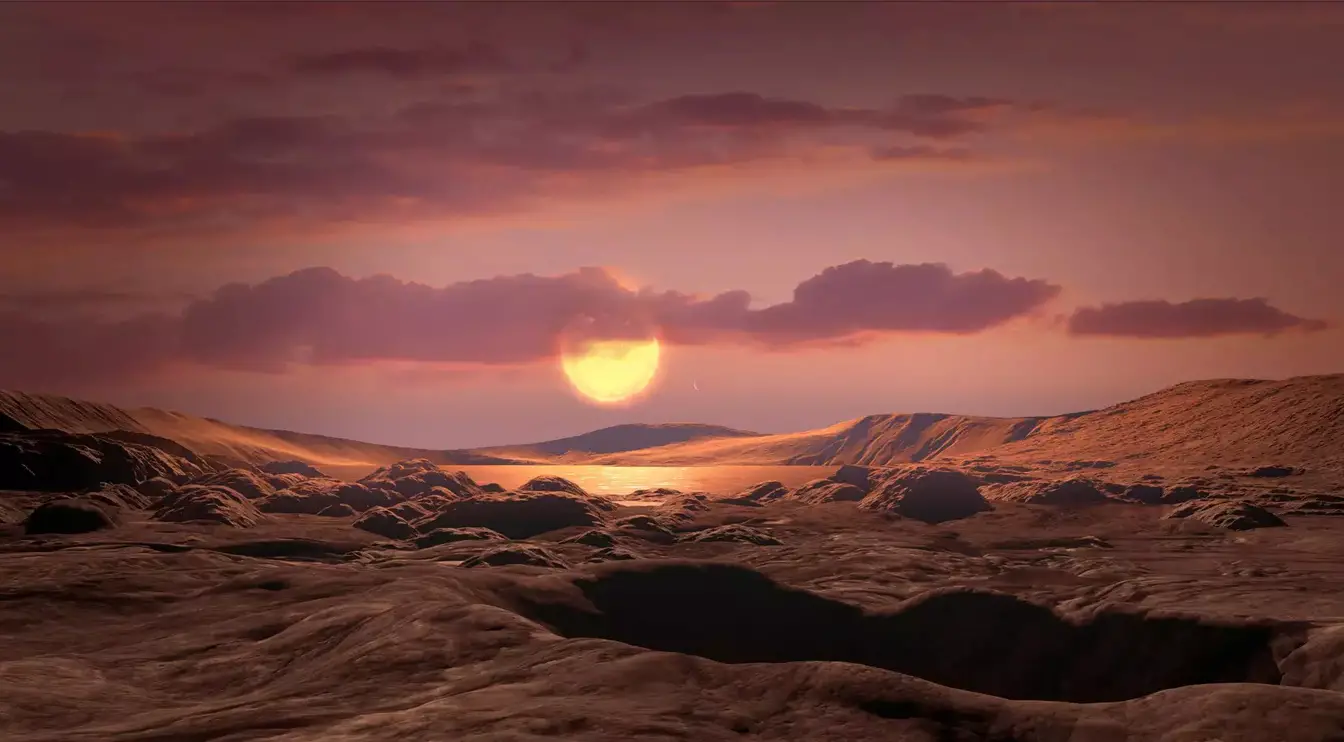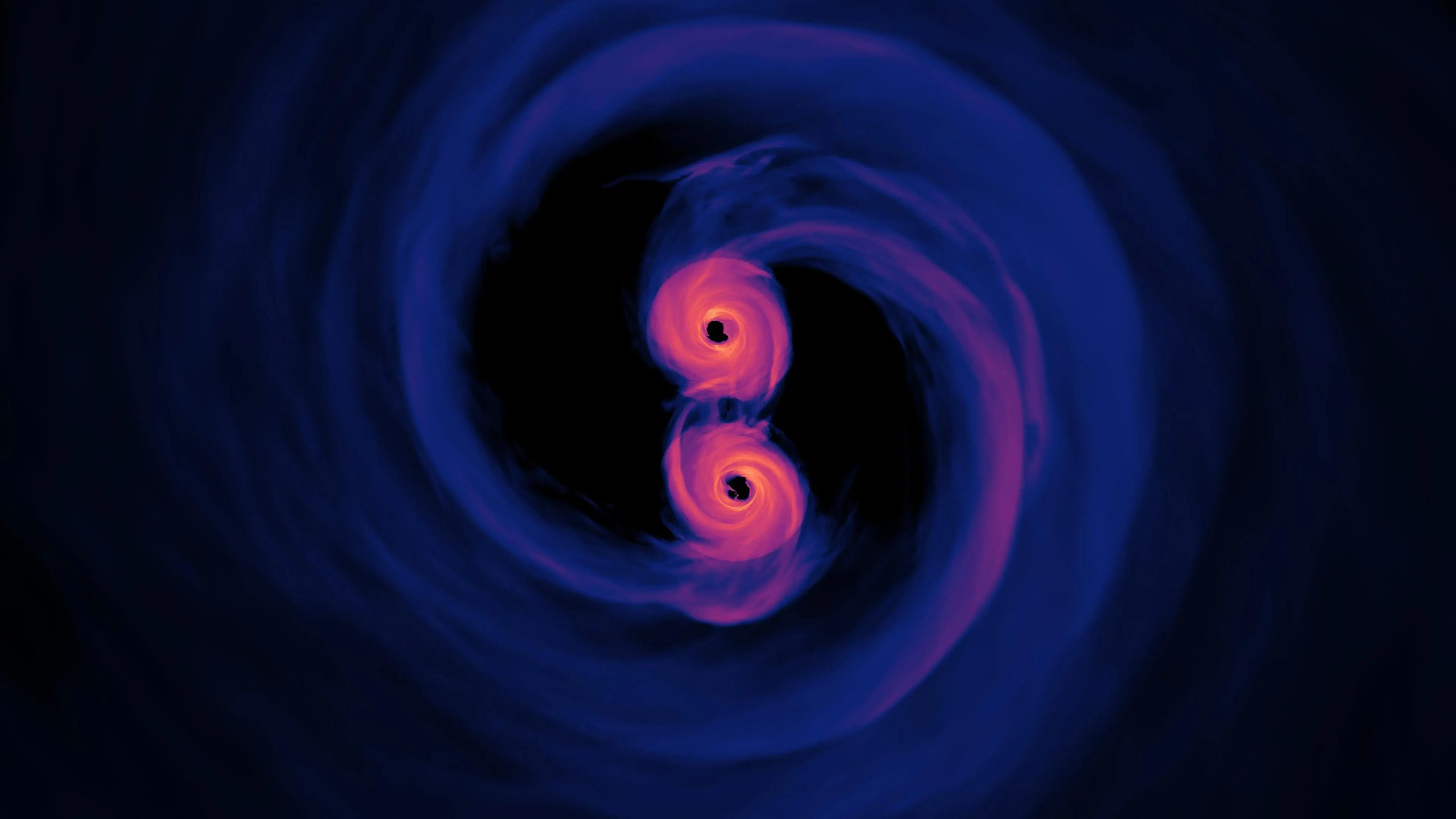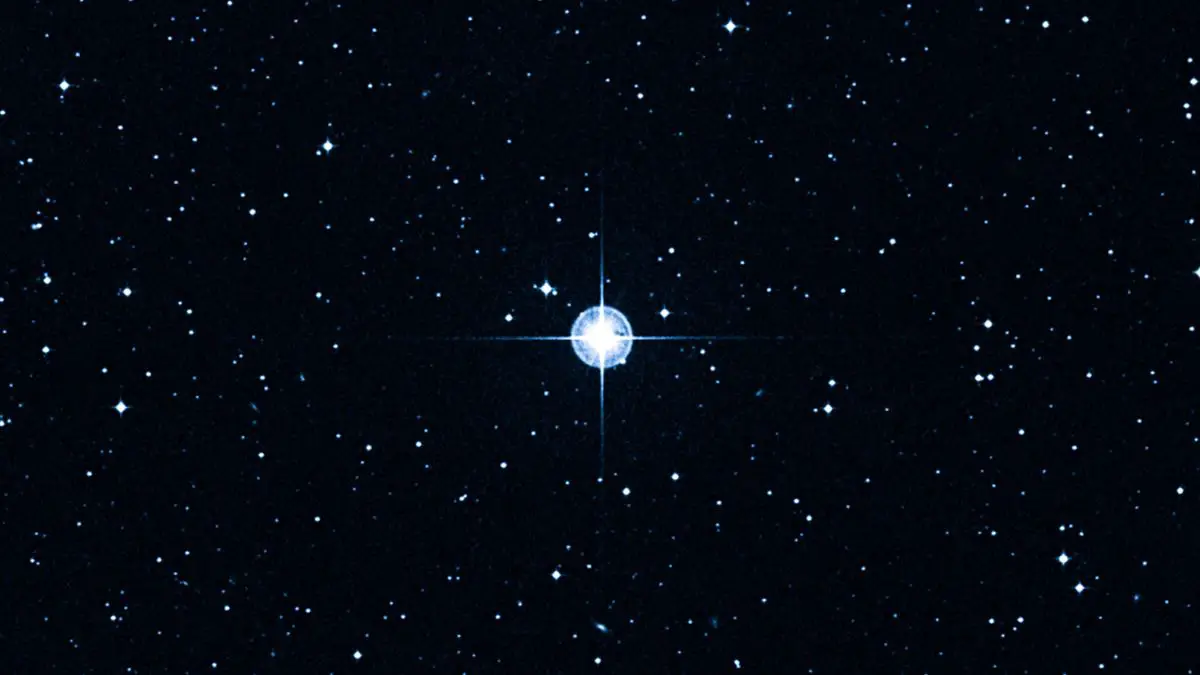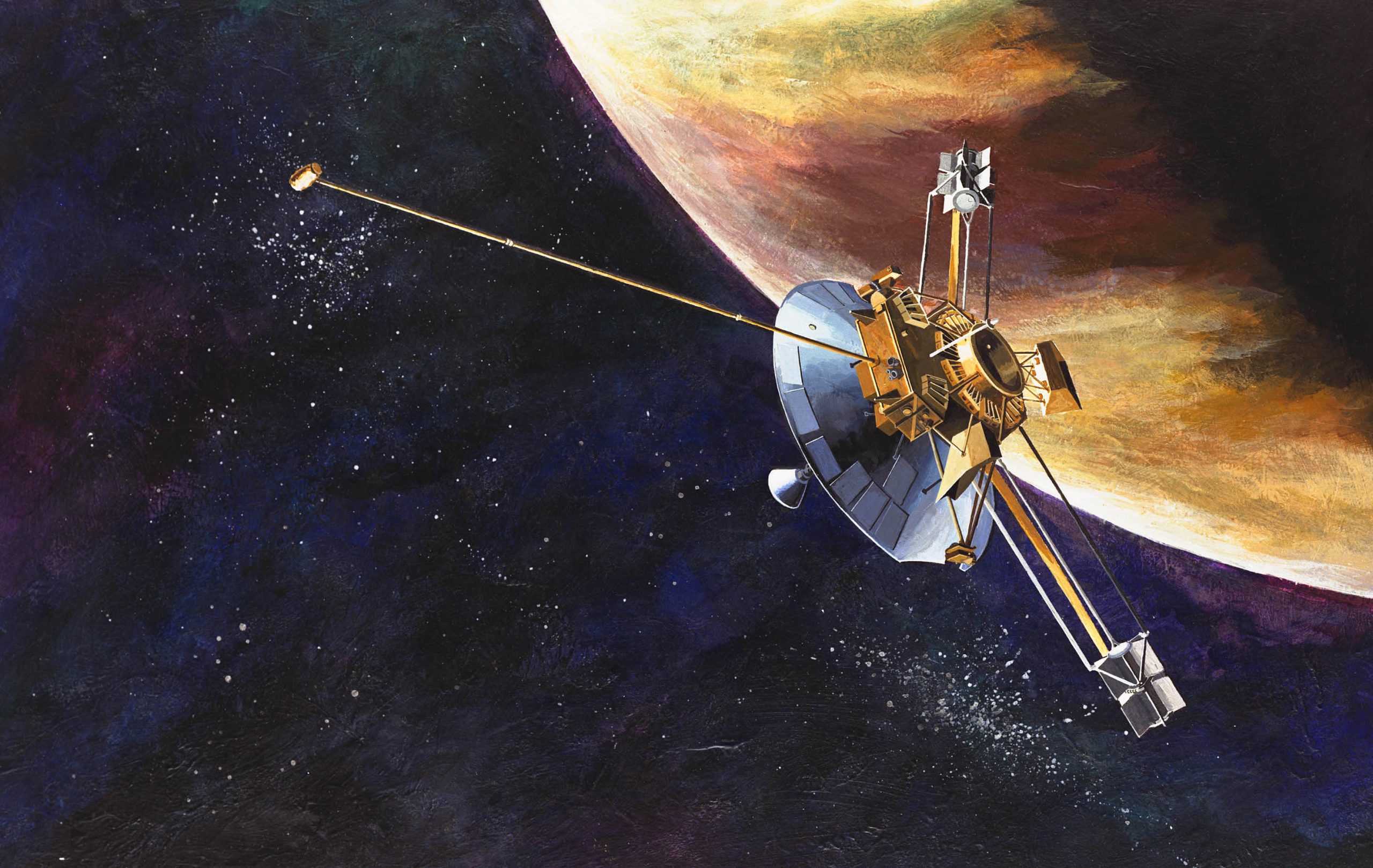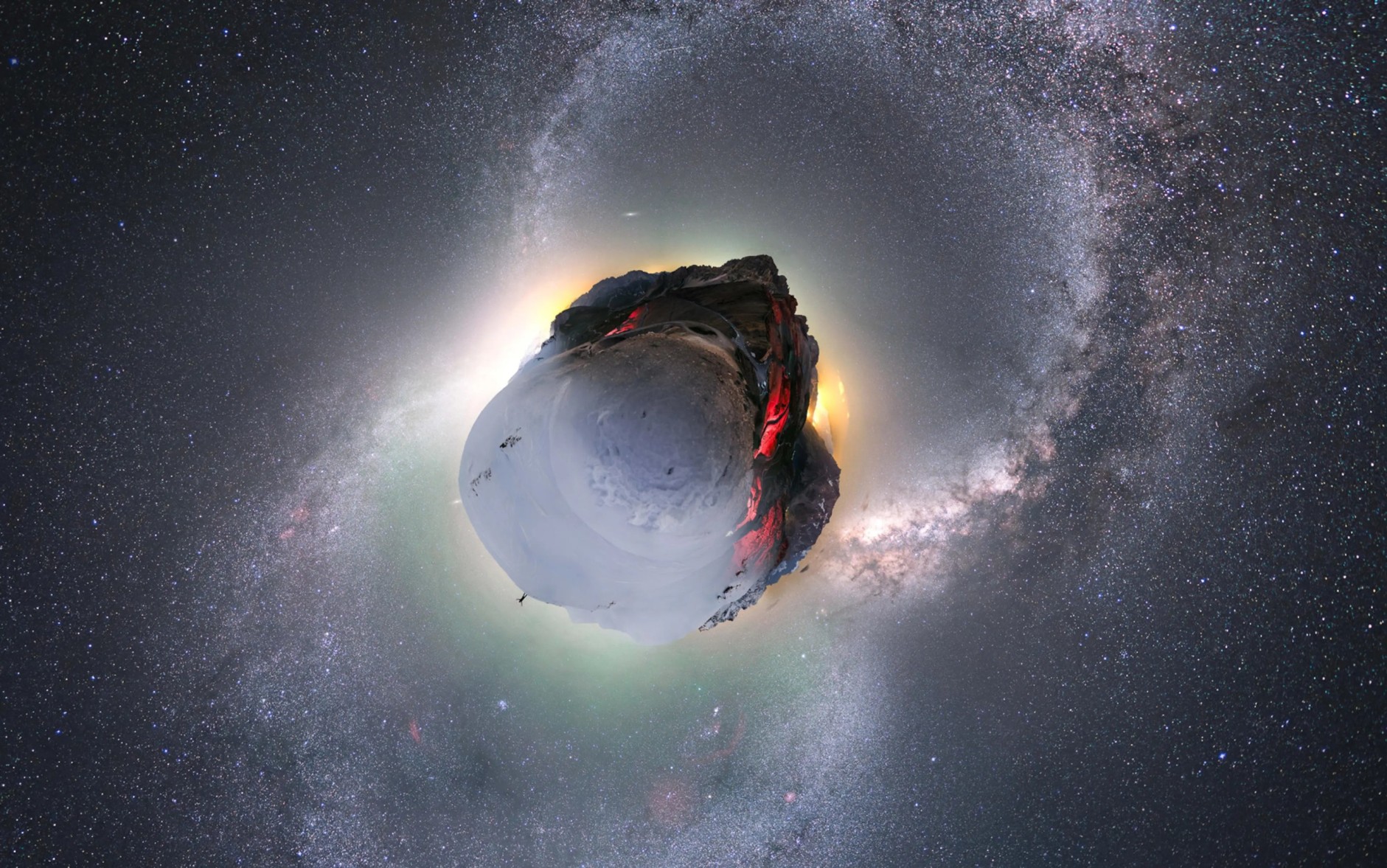NASA’s TESS telescope found a planet just 31 light-years away that could have liquid water.
Key Takeaways:
- Astronomers have discovered a potentially habitable exoplanet, GJ 357 d, just 31 light-years away.
- This exoplanet orbits within its star’s habitable zone and could support liquid water if it has a thick atmosphere.
- GJ 357 d is at least 6.1 times Earth’s mass and completes an orbit every 55.7 days.
- NASA’s TESS telescope, which identified the system, has already found over 850 potential exoplanets.
- Scientists expect TESS to detect thousands more exoplanet candidates before its mission ends.
_________
Astronomers have discovered a planet just 31 light-years away that could potentially harbor liquid water. The planet, GJ 357 d, was detected by NASA’s Transiting Exoplanet Survey Satellite (TESS) as part of its mission to find distant worlds. If confirmed to have an atmosphere, this exoplanet could support conditions suitable for life.
A New Candidate for Habitability
GJ 357 d orbits a small, dim star in the Hydra constellation and is part of a three-planet system. It lies in its star’s habitable zone, where temperatures could allow liquid water to exist on its surface. Scientists estimate that without an atmosphere, its surface temperature would be a freezing -64°F (-53°C), but a dense atmosphere could trap enough heat to make the planet more hospitable.
The planet is classified as a “super-Earth,” with a mass at least 6.1 times that of our planet. It orbits its star every 55.7 days, receiving a similar amount of stellar energy as Mars does from the Sun. Researchers say further studies are needed to determine its atmospheric composition and potential habitability.
TESS Continues to Unveil New Worlds
NASA’s TESS telescope, launched in 2018, is designed to scan the sky for exoplanets using the transit method—watching for dips in starlight caused by planets passing in front of their stars. GJ 357 d was found when astronomers followed up on a previously detected planet, leading to the discovery of two additional worlds.
TESS has already identified over 850 exoplanet candidates, though only 24 have been confirmed so far. By the time its mission is complete, the telescope is expected to have scanned over 85% of the sky and uncovered thousands of new planetary candidates. Scientists hope that among them, more potentially habitable worlds will emerge, offering new opportunities for future exploration.
